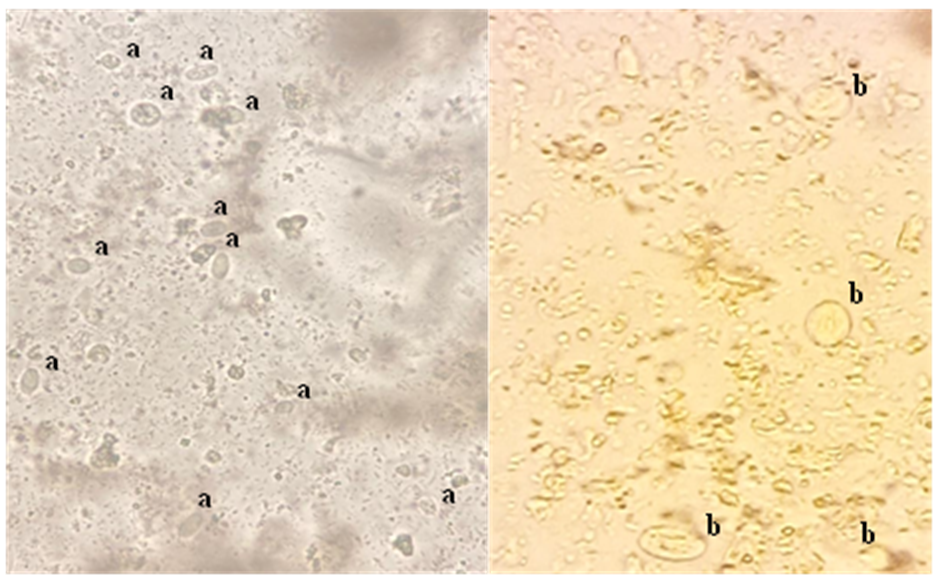Clinical, Environmental and Anthropozoonotic Factors Associated with Giardiasis in A Kenyan Rural Setting
Abstract
Background: Giardiasis is an important neglected tropical disease caused by the enteric protozoal parasite Giardia intestinalis. The infection is often asymptomatic but cases of symptomatic infections lead to significant morbidity and mortality especially in the developing nations. However, the transmission of this infectious disease largely involves complex interplay of demographic, environmental and zoonotic factors attracting medical and veterinary approaches in delineating its epidemiology. To date, only a few studies have been conducted in Kenya focusing prevalence, less is known about the factors associated with giardiasis in a rural setting. As such, this hospital-based cross-sectional case-control study evaluated the demographic, clinical, environmental and anthropozoonotic factors associated with giardiasis in a rural area of Western, Kenya. A total of 147 individuals referred to the laboratory for stool analysis; cases (n = 78) and controls (n = 69), were recruited into the study. Demographic analysis indicated, gender, age < 18 year, underweight, overweight, ? primary education levels, small-scale business, subsistence farming, peri-urban residences, mud-walled, grass-thatched roof, unscreened window houses, household with < 3 members, history of travel or eating at hotels, funeral and from food vendors, were associated with likelihood of giardiasis (P < 0.05). Likewise presenting with fever, headache, vomiting, bloating, stomach upset, abdominal pain, diarrhoea and history of nitroimidazole use were associated with giardiasis (P < 0.05). Stool analysis showed; semi-formed, loose, pus cells, mucus, foul smelling or greasy stools were associated with giardiasis. Sources of water; boreholes, shallow well, stream, spring or pipetted, chlorination as well as storage in super-drums had higher odds for giardiasis, while boiling of drinking water and handwashing had lower odds for giardiasis (P < 0.05). Having cattle, goats, poultry, and/or cats at home were also associated with higher odds for giardiasis (P < 0.05). Altogether, these results indicated that demographic, environmental and zoonotic factors are important factors in the transmission of giardiasis in this rural setting.

